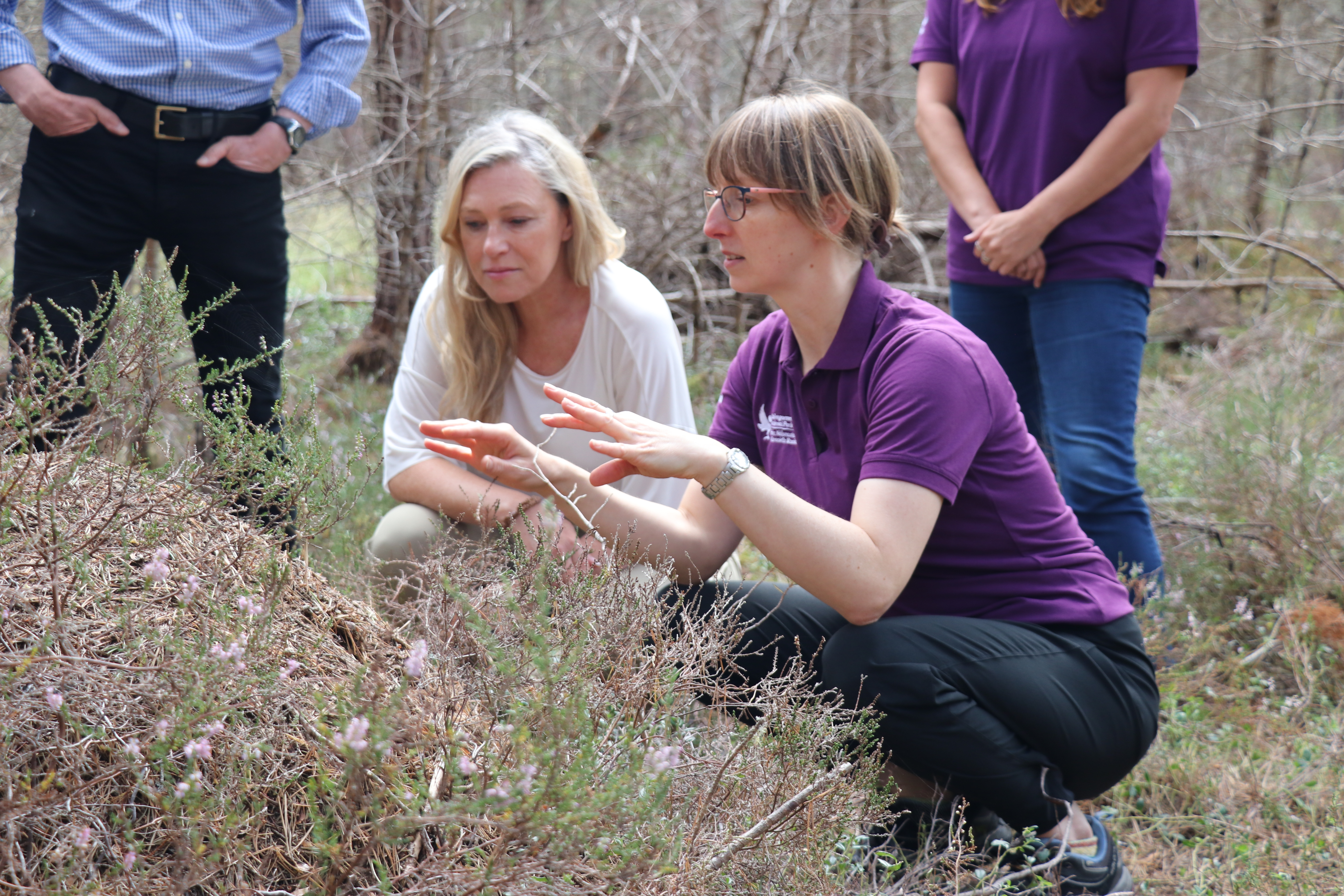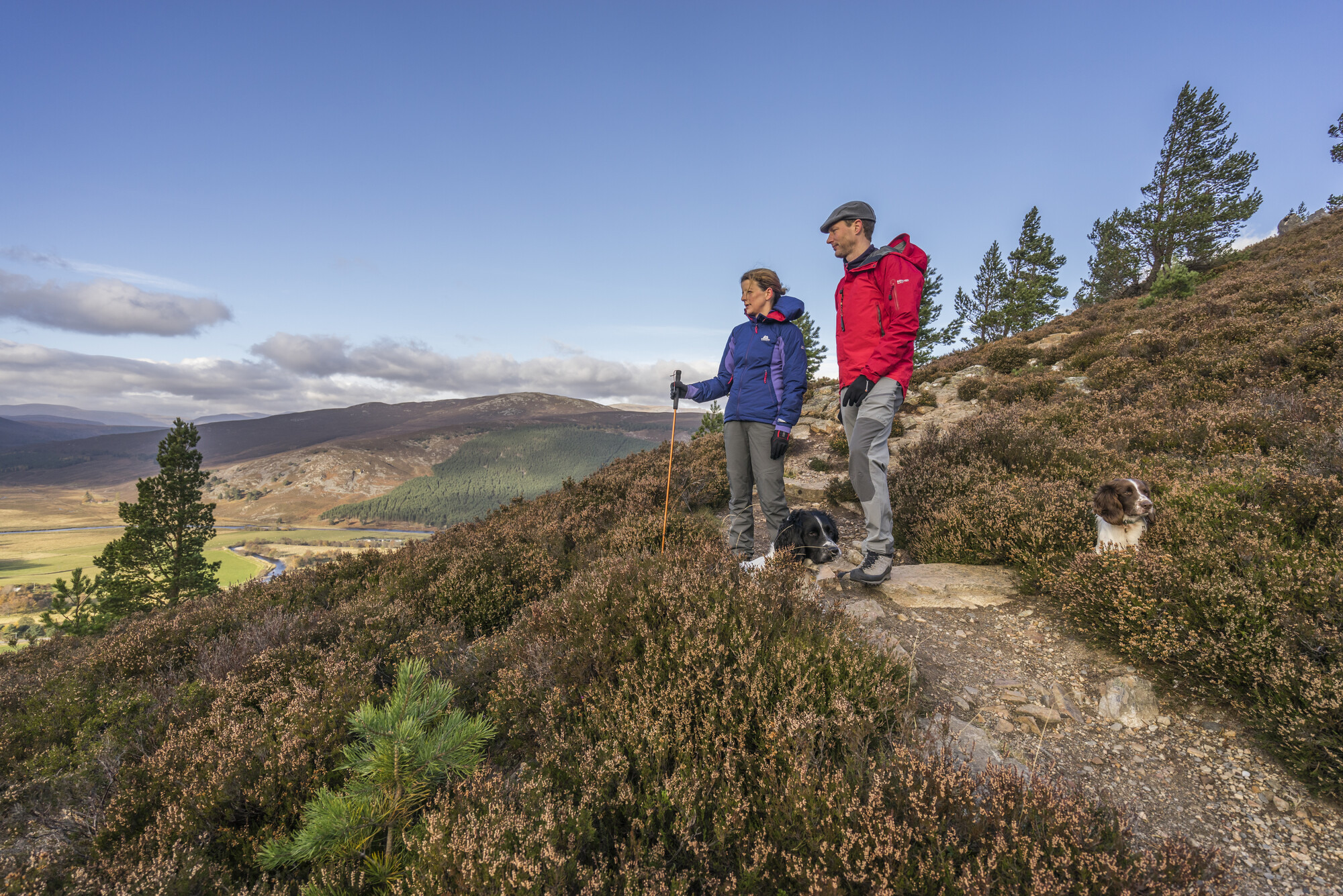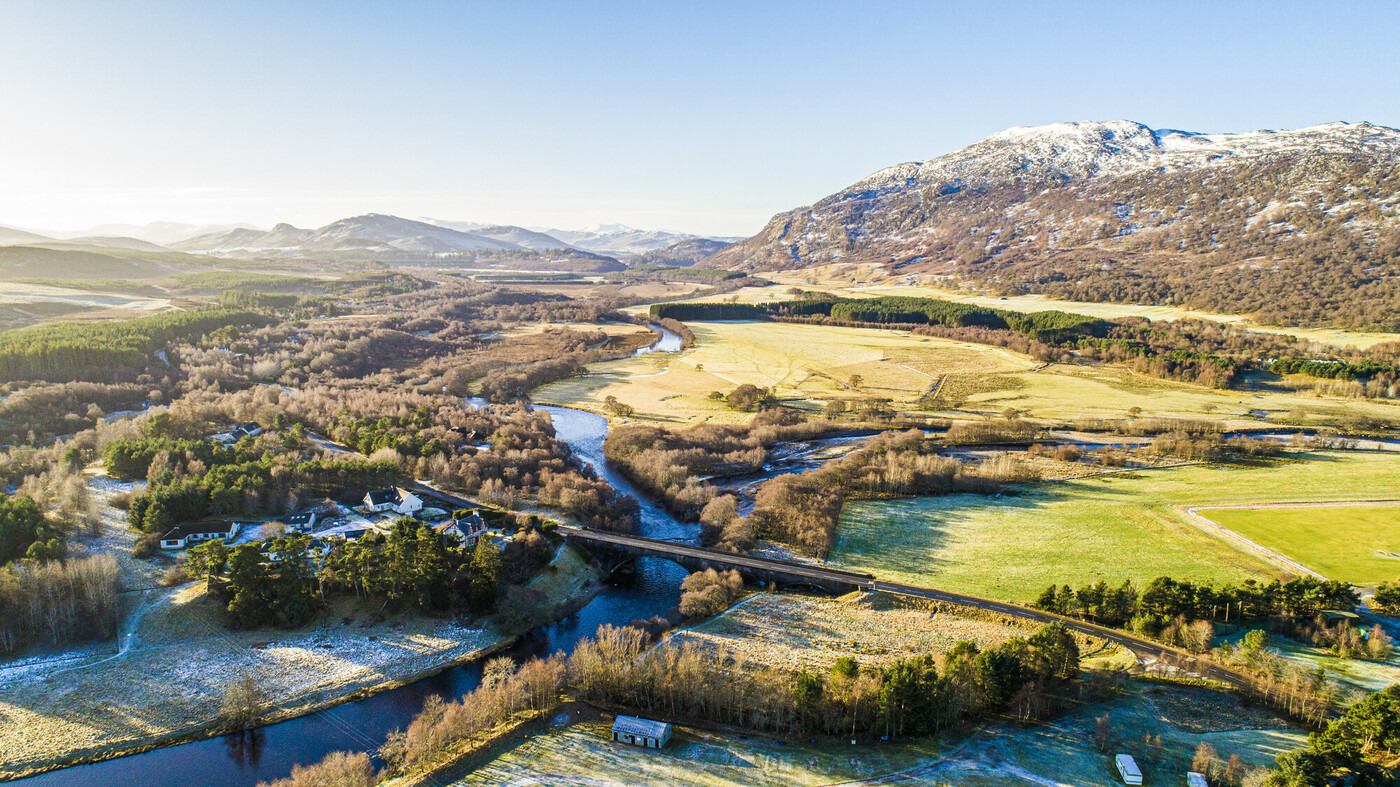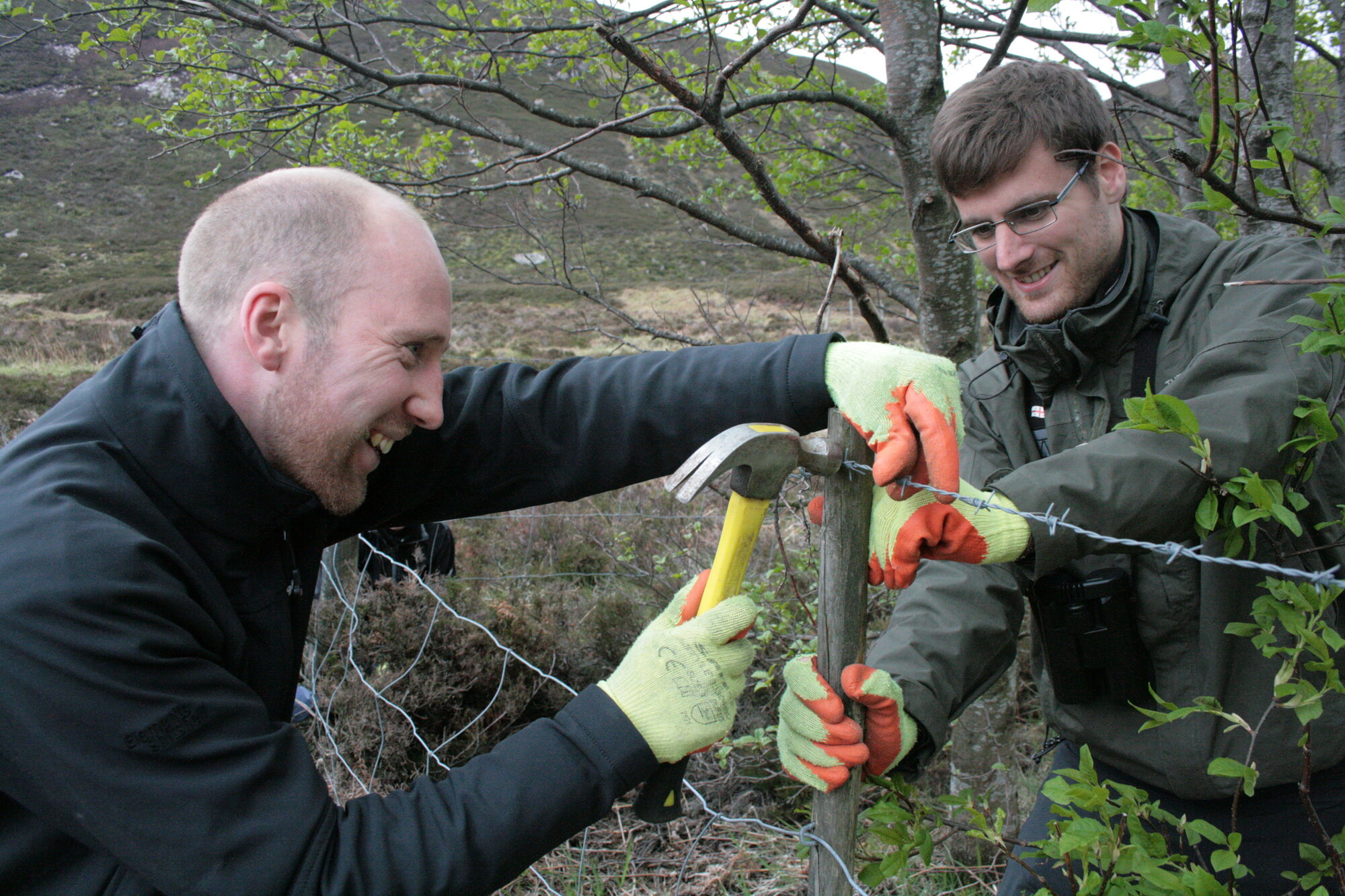£1.2m boost for nature in Cairngorms National Park

£1.2m boost for nature in Cairngorms National Park
Five projects to safeguard some of the most precious species and habitats in the Cairngorms National Park are to share a £1.2 million grant from Scottish Government’s Nature Restoration Fund.
Cabinet Secretary for Climate Action and Energy, Gillian Martin MSP, made the announcement on a visit to Anagach Woods in Grantown-on-Spey this week, where she met the team behind a pioneering project to boost the population of narrow-headed ants. One of the rarest ants in the UK, narrow-headed ants are considered ecosystem engineers and their nests provide a home for other invertebrates found nowhere else in the ecosystem.
Ms Martin said: “Our national parks have a vital role to play in the delivery of our ambitious aim to restore biodiversity by 2045 and this funding is an important step towards that. The money will enable specialist and pioneering projects to take place to help secure the future of some of our most threatened species, like the captive breeding project for the narrow-headed ant – which is using techniques that have never been tried before.
“This award is part of our Nature Restoration Fund, Scotland’s largest fund for nature which has been at the heart of conservation projects across Scotland for the last four years, restoring habitats and recovering our wildlife populations. ”
Convener of the Cairngorms National Park Authority Board, Sandy Bremner, welcomed the funding announcement: “With 25 per cent of the UK’s most threatened species living in the National Park, it is one of the most significant places for nature conservation. Protecting and enhancing these special habitats and species – alongside tackling climate change – are at the heart of the Cairngorms National Park Partnership Plan, and this extra funding will help ensure our conservation work is targeted where it is needed most, boosting our efforts and helping to deliver key actions on the ground.”
The Nature Restoration Fund grant will also support multiple land managers to deliver elements of the Capercaillie Emergency Plan, including cattle grazing and robo-cutting in capercaillie areas to improve the habitat for the birds. As the cattle wander and graze they trample the ground, creating a capercaillie-friendly habitat with muddy hollows which are good for the invertebrates and plants that capercaillie hens and chicks feed on.
Other projects to benefit are habitat restoration work to improve conditions for freshwater pearl mussels, the River Dee catchment resilience strategy, and improving tree stock for aspen and native montane species.
Related
Capercaillie Emergency Plan 2025 - 2030
The Capercaillie Emergency Plan is driving action across the Cairngorms National Park to restore Scotland’s endangered capercaillie population.
Woodland expansion
We're increasing the number and diversity of trees across the Cairngorms National Park, creating new woodlands and helping nature to thrive.
Climate resilient catchments
We’re restoring and enhancing two iconic rivers that run through the heart of communities in the Cairngorms National Park, the Dee and the Spey.
Freshwater pearl mussel
Dive into the world of freshwater pearl mussels, a type of mollusc and one of the longest living invertebrates in the world.
Wood ants
Wood ants are instantly recognisable by their large domed nest mounds. Typically found inhabiting old forests, they are a keystone species in this ecosystem. Wood ants may live from weeks to decades, depending on their role within the colony.
Capercaillie
The largest grouse in the world, capercaillie are an iconic species in Scotland. The Cairngorms National Park is its last stronghold in the UK, with 85% of the population calling this region home.




